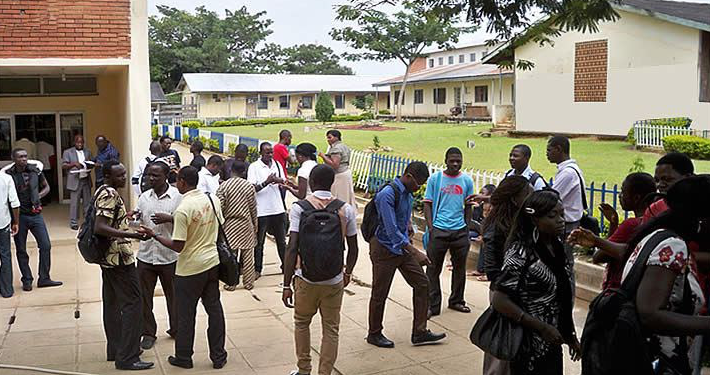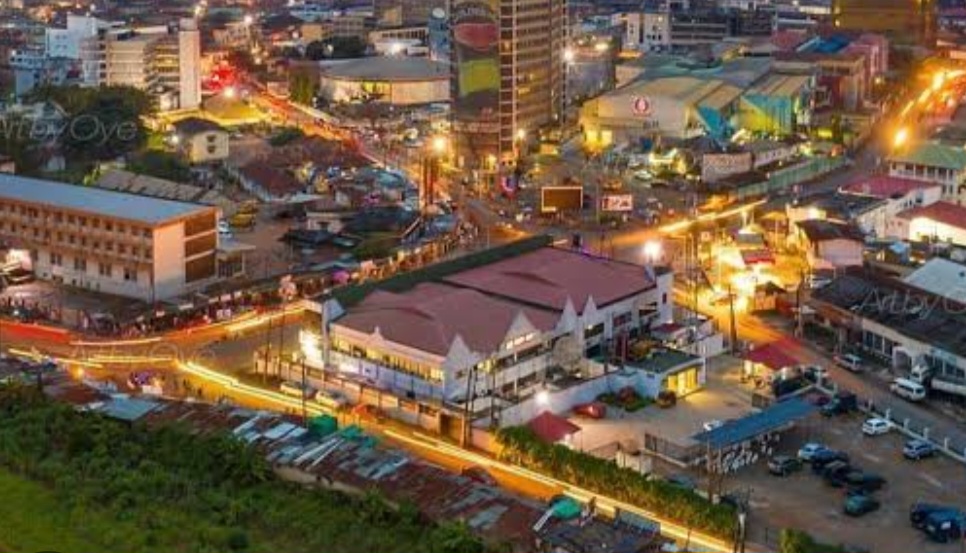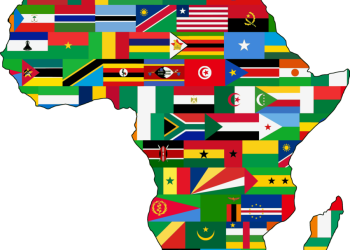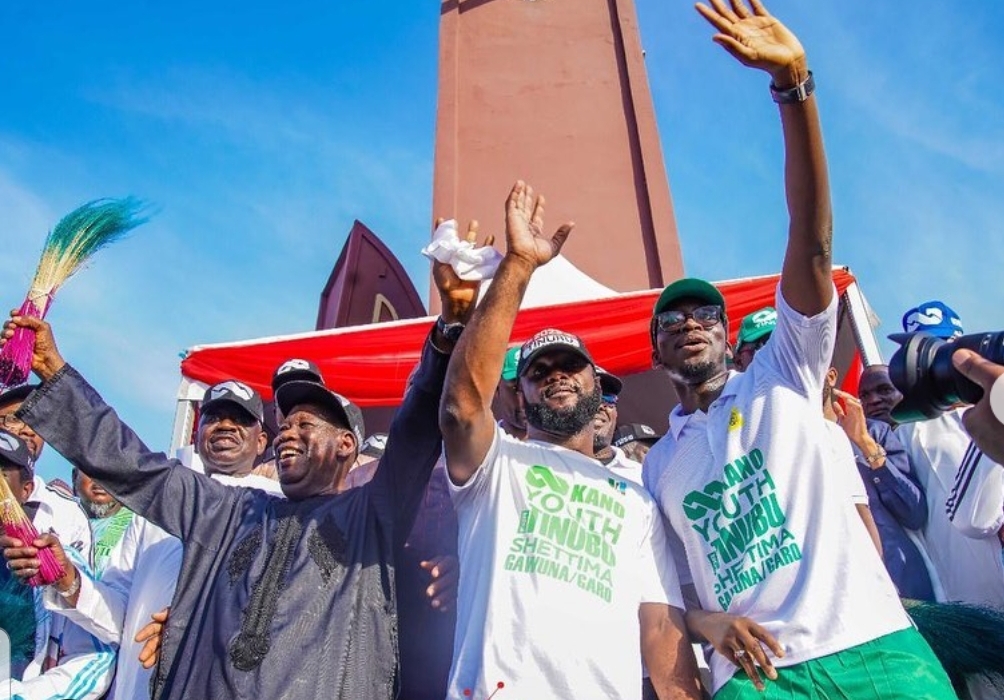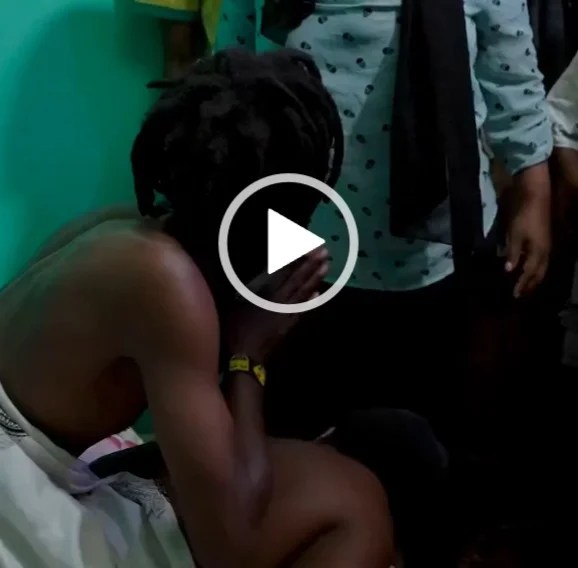Acquiring education is the best foundation that can be provided for people to have a productive life.
However, education systems are unequal in the context of global best practices.
In many countries, children are unable to acquire a great learning experience due to some factors militating against it.
Several African countries face challenges in providing effective education systems due to factors like poverty, conflict, and gender inequality despite several educators, organizations, and government agencies working tirelessly to improve learning conditions.
Below are the top 10 countries with the worst education system in Africa.
1. Niger.
Niger is considered the least literate nation in the world, having only 15 percent of its adult that can read and write. 5.2 percent of Nigeriens have only secondary education, and nearly 31 percent drop out of primary school.
According to the United Nations Educational, Scientific and Cultural Organisation’s (UNESCO) Educational Development Index (EDI), the country with a population of 21 million is also the least educated in Africa and has an Education Development Index (EDI) of 0.528 due to social problems like early marriages, child labor, and poverty.
2. Burkina Faso
Burkina Faso is among the countries in Africa with the weakest education systems and ranks second on the list with an Education Development Index (EDI) of 0.894. The country has one of the lowest adult literacy rates at just 27.7%, with only 2% of the adult population having completed secondary education and students spending less than 1.5 years in school.
The enrolment ratio is 3.3% due to economic hardships, security issues, and cultural barriers, particularly in rural areas.
3. Mali
Mali’s education system is considered one of the weakest globally due to internal crises and its unified education system. Mali has an Education Development Index (EDI) of 0.612 and an adult literacy rate of 31.1%. The primary school enrollment rate stood at 61% and only 52% of teachers in the country are adequately trained.
According to a UNESCO report, primary school enrollment has been steadily increasing, and the country has made progress in reducing the pupil/teacher ratio to around 14 pupils per teacher.
4. Central African Republic
The Central African Republic (CAR) is one of the countries with a struggling education system, ranking poorly with an Education Development Index (EDI) of 0.617, according to UNESCO’s education rankings.
The school dropout rate in CAR is the second-highest globally due to the lack of financial and material resources allocated by the government, which has led to schools being closed, lack of learning materials, and teachers not receiving their wages on time.
5. Ethiopia
Ethiopia ranks fifth on the list with an Education Development Index (EDI) of 0.622 with a 39% adult literacy rate due to low enrollment rates and limited access to quality education.
However, a recent World Bank report revealed that $550 million was approved to help transform Ethiopia’s education system for more than 21 million children in primary and secondary schools.
6. Eritrea
Eritrea has one of the lowest educational indicators in the world and 6th in Africa, with an Education Development Index (EDI) of 0.623, and the adult literacy rate stands at 67.80%.
Eritrea’s education system struggles with limited access, inadequate infrastructure, and a severe shortage of qualified teachers, especially in rural areas where there is a lack of basic facilities such as textbooks, proper classrooms, and qualified staff.
7. Guinea
Guinea’s Education Development Index (EDI) stands at 0.634, ranks 114th in UNESCO’s education analysis, and the Adult Literacy Rate stands at just 41%, one of the lowest in Africa.
Also, it has a very low rating for education quality, scoring only 3 out of 10 on the Human Development Index (HDI).
8. Zambia
Zambia has only nine public universities and several technical schools that provide higher education at 0.694 EDI. Zambia also introduced The Ministry of Science and Technology and Vocational Training (MSTVT) in 1992 to foster growth in technological fields.
Educational opportunities beyond secondary school are limited in Zambia due to intense competition for admission.
9. Gambia
Gambia has 4.10 per cent of students enrolled into the tertiary institutions which consists of 574 schools and has an EDI score of 0.677 and an Adult Literacy Rate of 50 percent (the eleventh lowest in the world).
In 2019, the Gambia’s Education Index was ranked 148 out of 162 countries.
10. Angola
Occupying the 10th position on the list is Angola, with an Education Development Index of 0.685 and an Adult Literacy Rate (ALR) of 70.1%.
The country has made several efforts to improve the national education system following UNESCO’s ‘Education for All’ programme.
Vanguard.
